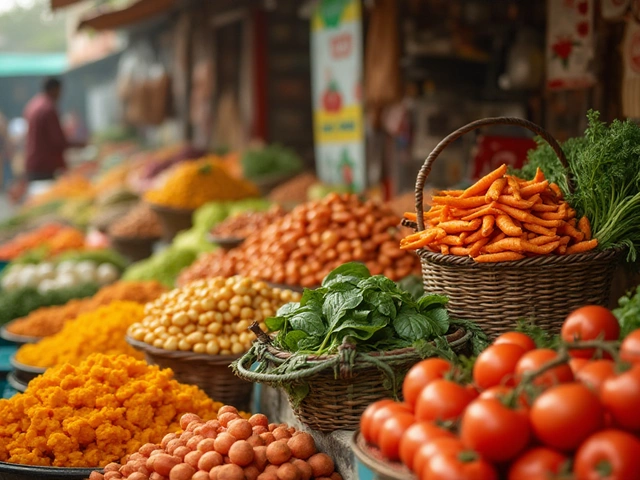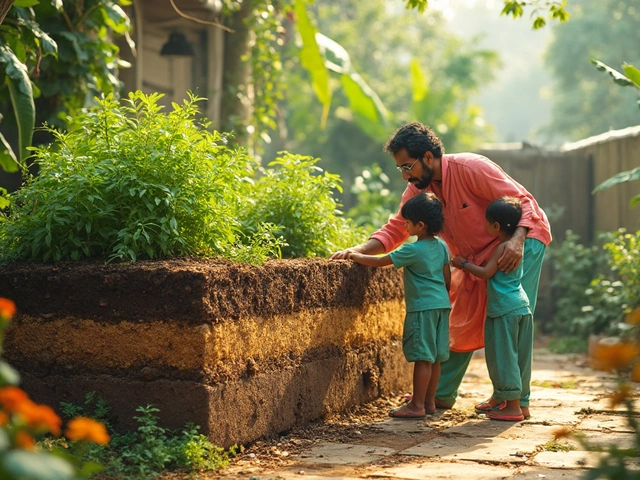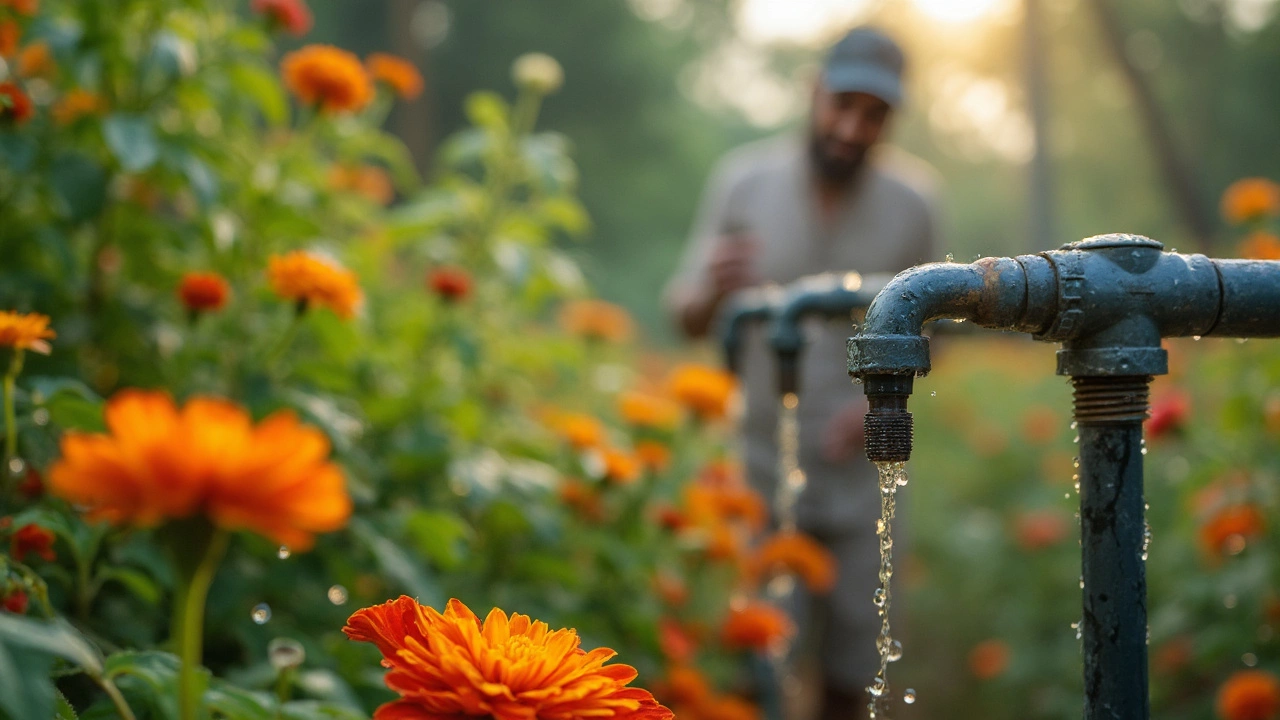Drip Line Capacity: How Much Water Can Your Line Deliver?
When you set up a drip system, the biggest question is simple – will it give enough water to every plant? That’s what drip line capacity is all about. It tells you how much water the line can push through without losing pressure or creating dry spots.
Factors That Influence Drip Line Capacity
First, look at the emitter flow rate. Most emitters are rated in liters per hour (l/h) or gallons per hour (gph). Multiply that number by the total emitters you plan to use and you get the raw water demand.
Next, consider the line’s inner diameter. A 16 mm (5/8") line moves far less water than a 19 mm (3/4") line. The bigger the pipe, the higher the flow you can maintain over long distances.
Water pressure also matters. Most drip lines are designed for 30‑50 kPa (4‑7 psi). If your pressure drops below that, the flow rate drops too, and the capacity you calculated won’t be reached.
Elevation changes can steal pressure. If your garden slopes downhill, the lower end gets more pressure, while the uphill end may starve. Balancing emitters or using pressure‑compensating (PC) emitters helps keep the flow even.
How to Size Your Drip Line Correctly
Start with the total demand: add up the flow rates of all your emitters. Say you have 20 emitters at 2 l/h each – that’s 40 l/h total.
Check the manufacturer’s flow chart for the line you want. A 16 mm line at 30 kPa might handle 30 l/h, while the same line at 50 kPa could push 45 l/h. If your demand exceeds the line’s rating, either upgrade the diameter or add a second line in parallel.
Keep the line length in mind. Long runs increase friction and lower capacity. Split long stretches into shorter sections with a mainline and laterals to keep pressure steady.
Finally, test the system. Run water for a few minutes and measure flow at the far end with a bucket. Compare it to the expected rate. If it’s low, check for clogs, leaks, or a pressure drop.
Quick tips: use PC emitters on uneven terrain, install a pressure regulator to stay within spec, and flush the line before the first season to clear debris.
By matching emitter demand, line size, and pressure, you’ll avoid dry patches and over‑watering. Your garden will thank you with healthier growth and less water waste.
How Many Drippers Can I Run on One Line? Drip Irrigation Limits Explained
Ever wondered how many drippers you can actually hook up to a single drip line before it all goes sideways? This guide breaks down the real limits with simple math, practical examples, and hands-on tips. Discover how flow rate, water pressure, and line length impact your setup. Learn the mistakes people make and how to dodge them, so your plants get the right amount of water every time. Set your system up the right way the first time, without the guesswork.
About
Drip Irrigation
Latest Posts


Which Vegetable Farming is Profitable in India? Your Practical Guide
By Alden Thorne Apr 25, 2025

Furnishing Your Terrace: Tips and Tricks for a Green Escape
By Alden Thorne Mar 2, 2025

Discovering the Most Unhealthy Foods and Healthier Options in Vegetable Gardening India
By Alden Thorne Jan 30, 2025

